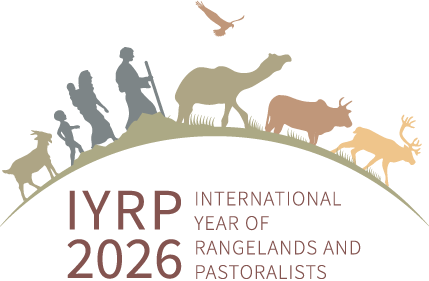IYRP North America Documentary Film Proposal Learn more about the plan to develop a full-feature documentary film about North American rangelands and their importance ecologically, economically, and socially. The video concludes with a call for support. 3:05 minutes
History of the IYRP Initiative This video provides an overview of the successful eight-year effort to gain United Nations approval for an International Year of Rangelands and Pastoralists scheduled now for 2026. 3:50 minutes.
Testimonial for the IYRP North America Documentary Film Funding Request by Brett Hess, Executive Director, Western Association of Western Agricultural Experiment Station Directors. 4:53 minutes.
Further Information
Be a part of this singular opportunity, please contribute generously to the IYRP North America Documentary Film Initiative!
Individual and organizational donors will have their names included in the film credits – large donations will be noted at specific levels as noted below. For information about making a donation, or for more information about production plans, the Advisory Board, or film credits, please contact Barbara Hutchinson at (link sends e-mail)barbarah@cals.arizona.edu; (520) 909-4722. THANK YOU!
Donations Information
Platinum - $25,000 to $49,999
Gold - $10,000 to $24,999
Silver - $5,000 to $9,999
Bronze - $500 to $4,999
Pearl - $50 to $499

